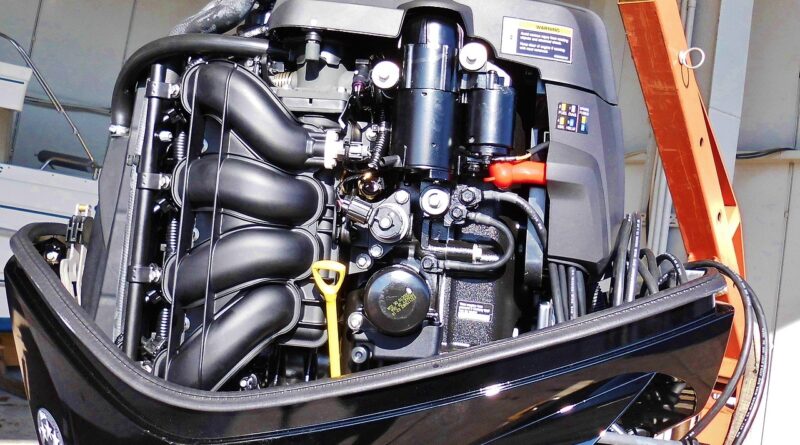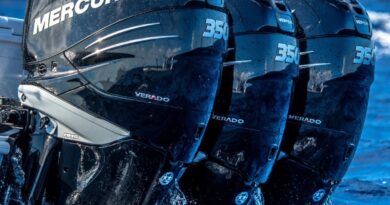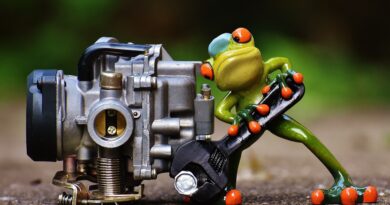2002-2003 Mercury Cranks But Won’t Start 225/250 3.0
A 2002 through 2003 Mercury Saltwater EFI 225, 250, and 3.0 Liter Work “Engine cranks but won’t start” is a common outboard troubleshooting scenario indicating that the engine’s crankshaft is turning when the ignition is engaged, but the engine fails to run and attain the idle operational state. This issue can be quite frustrating, as the engine seems to show signs of life by attempting to start but ultimately doesn’t achieve ignition and combustion. Several underlying factors can contribute to this problem, requiring a systematic approach to diagnosis and resolution.
Symptoms and Initial Assessment:
When faced with an engine that cranks but doesn’t start, several symptoms may be observed. These include a rapid spinning sound of the starter motor, normal engine turnover speed, and possibly occasional sputtering or firing attempts. It’s essential to pay attention to any warning lights on the dashboard, unusual sounds, or odors. This initial assessment helps in narrowing down potential causes and streamlining the diagnostic process.
Engine Cranks But Won’t Start
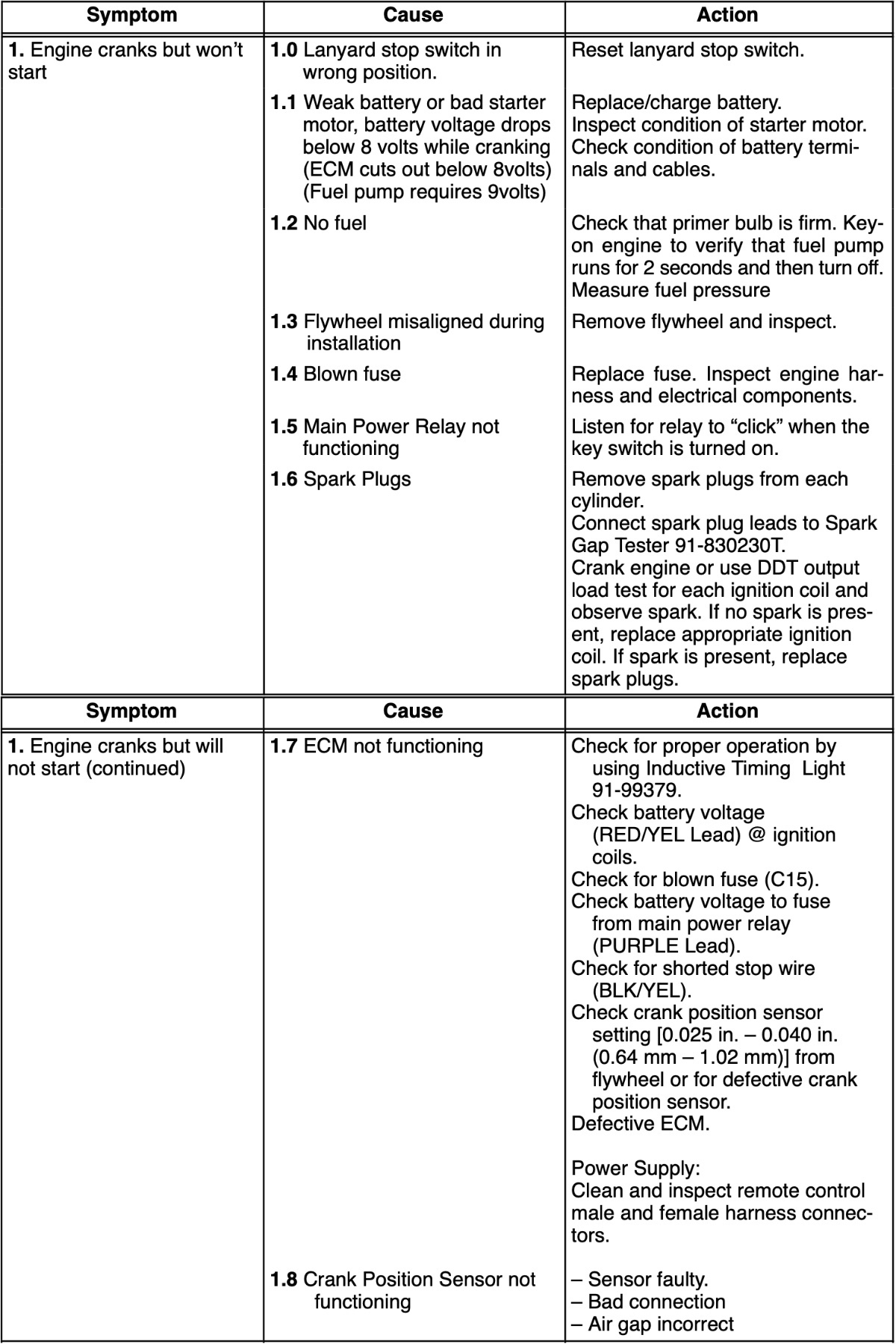
Potential Causes:
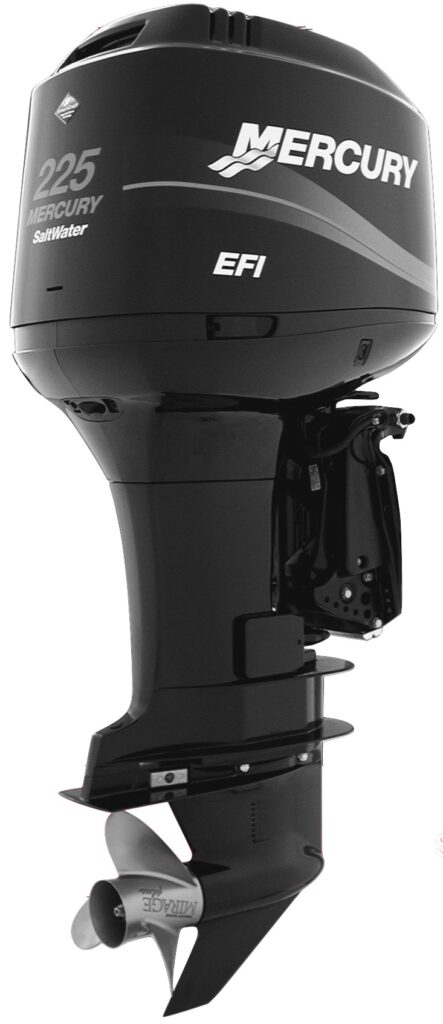
1. Lanyard Stop Incorrect Position:
The lanyard stop, a safety mechanism, can prevent engine start if it’s not in the correct position. It’s crucial to ensure that the lanyard is properly engaged and functioning to allow the ignition system to activate.
2. Weak or Faulty Starter Motor:
Insufficient cranking power due to a weak or malfunctioning starter motor can result in the engine not starting. If the battery voltage drops below 8 volts while attempting to crank the engine, there might not be enough power to initiate combustion.
3. Lack of Fuel:
A common cause of engines not starting is the absence of fuel. This could be due to issues such as an empty fuel tank, clogged fuel filters, or problems with the fuel pump.
4. Flywheel Misalignment:
During installation or maintenance, if the flywheel is misaligned, it can disrupt the timing and prevent proper ignition. This can lead to the engine cranking but not starting.
5. Blown Fuse:
Electrical issues, such as a blown fuse in the ignition or fuel system circuits, can interrupt the normal starting process, causing the engine to crank without igniting.
6. Malfunctioning Main Power Relay:
The main power relay is responsible for supplying power to crucial components like the fuel pump and ignition system. If the relay is faulty, it can prevent these components from receiving power, leading to a no-start condition.
7. Spark Plug Problems:
Faulty or worn-out spark plugs can prevent the ignition system from producing sparks necessary for combustion. This results in a cranking engine that fails to start.
8. ECO (Engine Cut Off) Not Functioning:
The ECO system, designed to shut down the engine in certain unsafe conditions, might be activated erroneously, causing the engine to crank but not start. Checking the ECO system’s status is important.
9. Crank Position Sensor Dysfunction:
The crank position sensor provides crucial information about the crankshaft’s position to the engine control module. A malfunctioning sensor can disrupt the timing and prevent ignition.
In conclusion, when dealing with an engine that cranks but won’t start in a Mercury 225-250 3.0 outboard motor, a step-by-step approach to diagnosis is essential. By systematically checking and addressing potential causes like lanyard stop position, starter motor issues, fuel supply problems, electrical malfunctions, spark plug health, and sensor functionality, one can identify the root cause and take appropriate measures to restore the engine’s operational status.

